7 Essential Tips for Choosing and Planting Flower Seeds for Your Home Garden
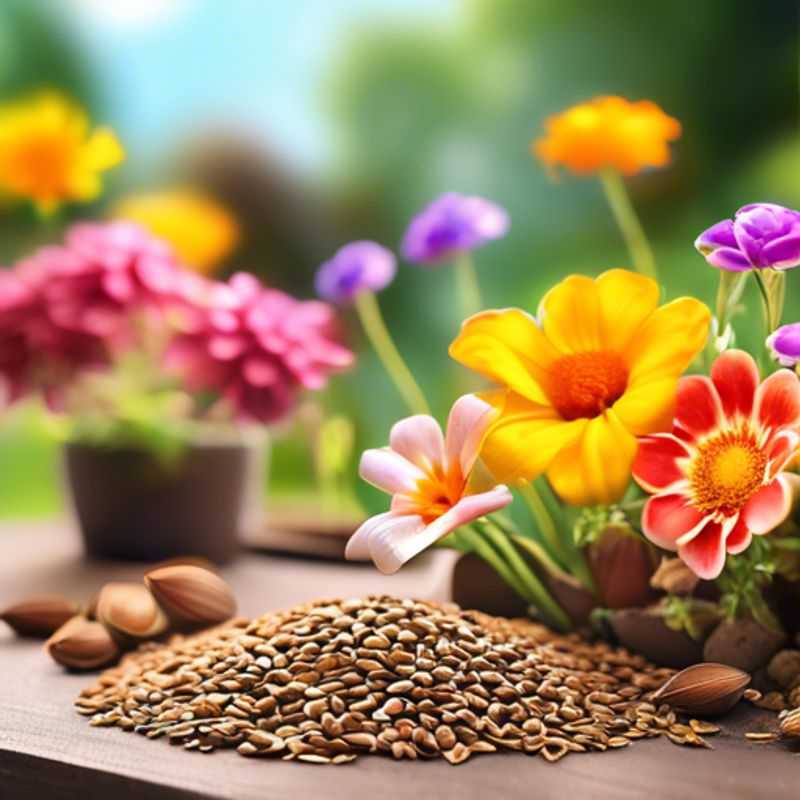
7 Essential Tips for Successful Flower Seed Gardening: A Beginner's Guide
Ah, the joy of a home garden, a symphony of colors and scents that bring life to your backyard. But before you dive into the wonderful world of flower seeds, there are a few crucial things to consider. Let me share some tips from my own gardening journey, gleaned from years of experimentation and, of course, a healthy dose of research.
First and foremost, choose the right flower seeds for your climate and growing conditions.
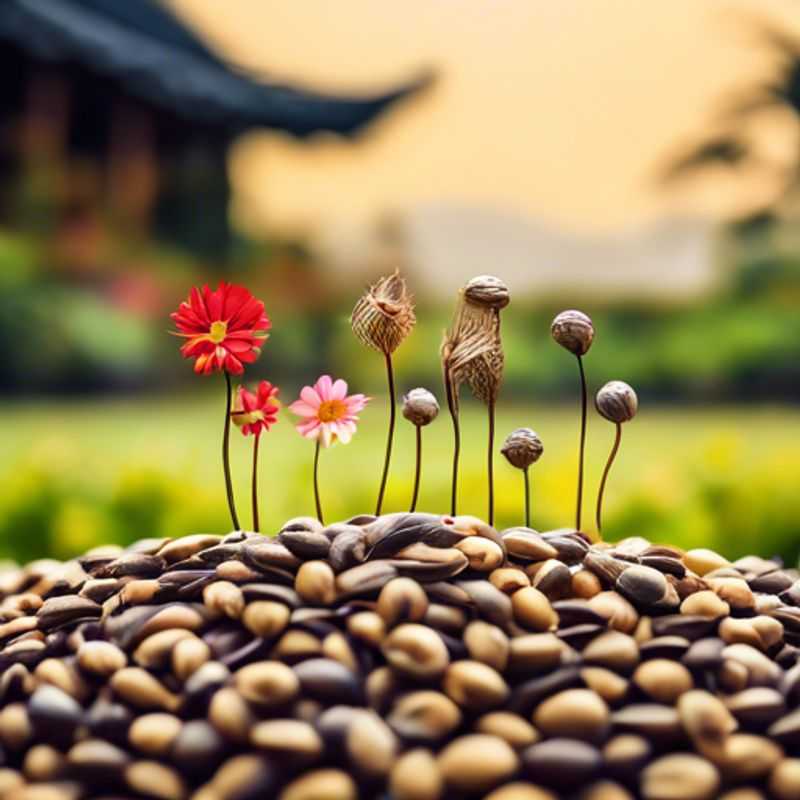
Blooming Success: Choosing the Right Flower Seeds for Your Climate and Garden
Choosing the right flower seeds for your climate and growing conditions is crucial for success. First, consider your hardiness zone, which indicates the average minimum winter temperature in your area. This determines which plants can survive the winter. Next, assess your sunlight exposure. Full sun, partial shade, or shade are all important factors. Finally, think about your soil type. Some flowers prefer sandy soil, while others thrive in clay.
For example, if you live in a warm climate with full sun, consider planting sunflowers, zinnias, or marigolds. In a cooler climate with partial shade, you might choose hostas, ferns, or impatiens. Always check the seed packet for specific growing instructions, including planting depth, spacing, and watering needs. Remember, success lies in understanding your local climate and matching it to the right flower seeds. This careful planning sets the stage for a vibrant and blooming garden.
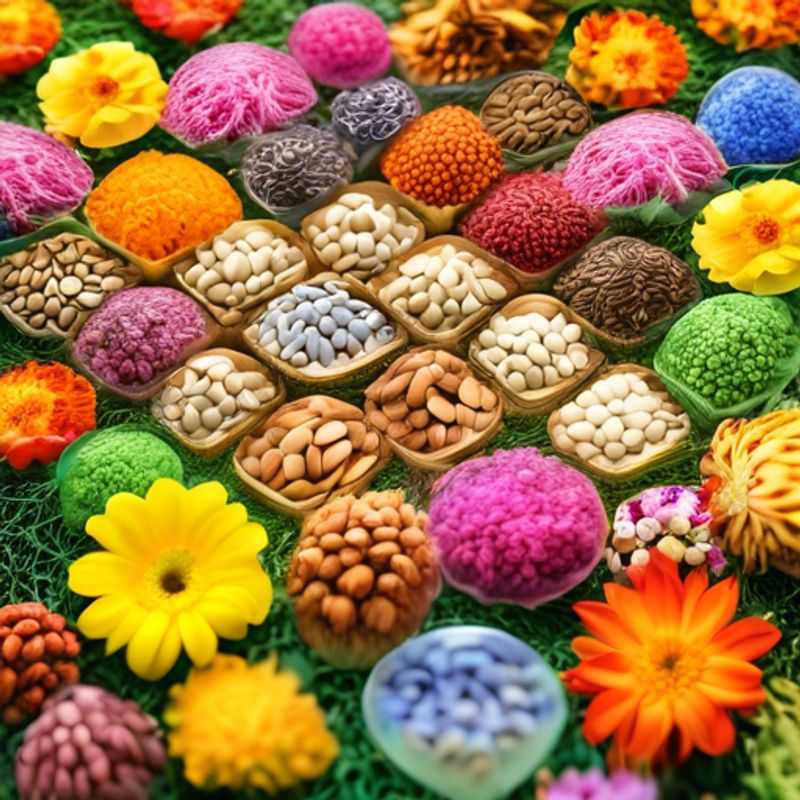
Unlocking Success: Deciphering the Secrets of Seed Packets
Seed packets are your guide to successful gardening! They provide all the essential information you need to help your plants thrive.
Always read the packet carefully! It's your roadmap to happy plants.
Here's what you'll find on most seed packets:
Planting Time: This tells you the best time to sow seeds, whether in spring, summer, fall, or even indoors.
Seed Depth: The packet will specify how deep to bury the seeds. Planting too deep can suffocate them, and planting too shallow can leave them vulnerable.
Spacing: This lets you know how far apart to plant your seeds. Proper spacing allows for adequate airflow and sunlight.
Light Requirements: Does your plant need full sun, partial shade, or full shade? Knowing this helps you pick the perfect spot in your garden.
Days to Maturity: This indicates how long it takes from planting to harvest. It's helpful for planning your garden and knowing when to expect your fruits or vegetables.
Additional Tips: Many seed packets also provide additional tips, such as soil preferences, watering needs, and potential problems.
Remember: Seed packets are your invaluable resource. Take the time to read them thoroughly before planting. Happy gardening!
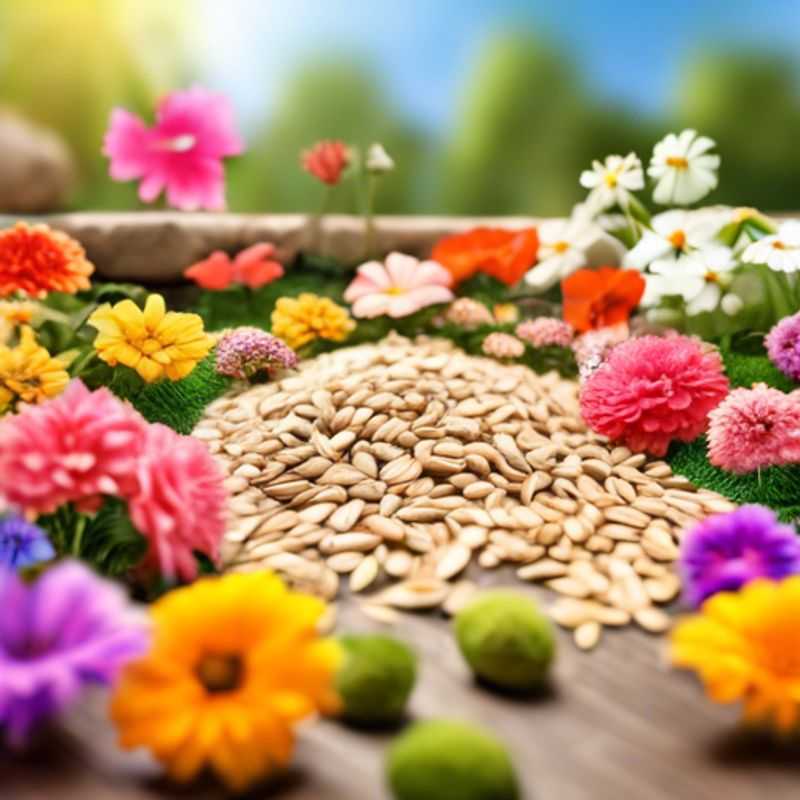
From Seed to Soil: Starting Indoors and Transplanting Success
Starting seeds indoors can give your garden a head start, especially for plants that need a longer growing season. This allows you to transplant stronger seedlings outdoors when the weather is warm enough.
Choose the right time: Start seeds indoors 6 to 8 weeks before the last frost date in your area. This will allow them to mature enough for transplanting outdoors.
Choose the right seeds: Select seeds that are specifically labeled for starting indoors.
Use a seed-starting tray: Fill the tray with a seed-starting mix, which is a lightweight and airy soil blend perfect for seedlings. Moistening the mix before planting is crucial.
Sow the seeds: Follow the instructions on the seed packet for sowing depth. Cover the seeds lightly with soil and water gently.
Provide light: Seedlings need plenty of light to grow strong. Place the tray in a sunny window or under grow lights.
Maintain moisture: Keep the soil consistently moist but not soggy. Water seedlings from the bottom using a tray or saucer to avoid disturbing the delicate roots.
Hardening off seedlings: Before transplanting outdoors, gradually acclimate the seedlings to the outdoor environment over a week or two. This process involves exposing them to increasing amounts of sunlight and wind.
Transplant outdoors: Choose a sunny location and prepare the soil by tilling and amending it with compost. Space seedlings according to their mature size. Water deeply after planting.
Don't forget to fertilize: Use a diluted liquid fertilizer to provide the necessary nutrients for healthy growth.
Protect your seedlings: Keep an eye on your garden for pests and diseases, and take steps to protect your young plants.
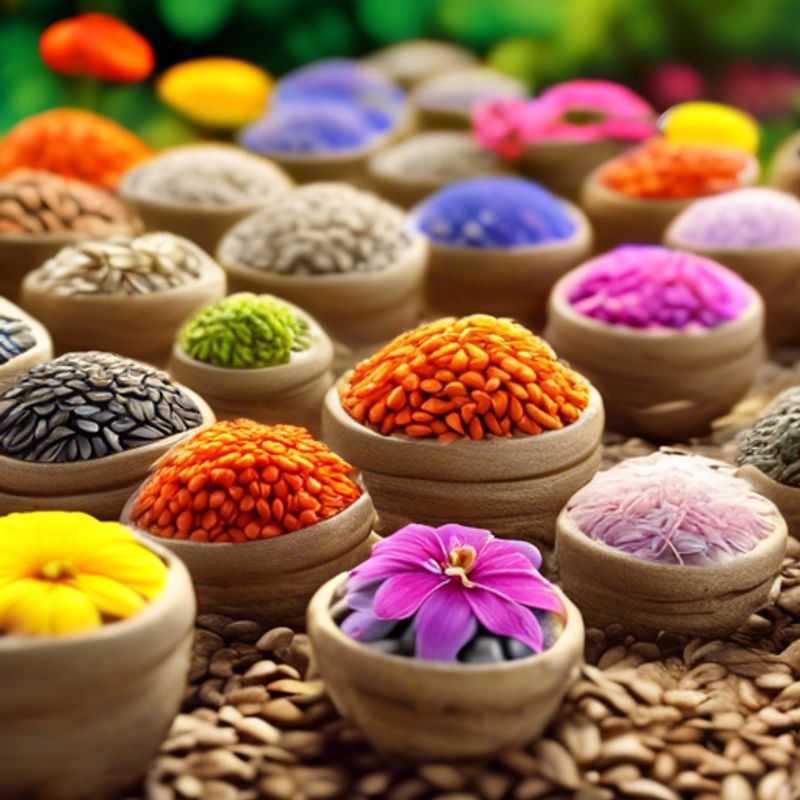
Nurturing Your Garden: Preparing the Soil for Success
Healthy soil is the foundation of a thriving garden. Adding organic matter is like giving your soil a nutritious meal. It improves soil structure, water retention, and provides essential nutrients for your plants. Think of it like giving your garden a good workout - it's a crucial step for strong growth.
Compost, the gold standard of organic matter, is made from decomposed plant and food scraps. It's like nature's recycling program, turning waste into a valuable resource. You can purchase compost or make your own. You can also use other organic materials such as manure, leaf mold, or shredded bark.
Amending your soil means addressing specific issues like poor drainage, compacted soil, or a lack of nutrients. For example, sandy soil needs more organic matter to improve water retention, while clay soil benefits from amendments to loosen its structure and increase drainage.
Soil tests are a great way to identify specific deficiencies or issues. Many extension offices offer affordable soil testing services, providing valuable insights to tailor your amendments. It's like getting a customized recipe for your garden.
Remember, healthy soil is an ongoing process. Regularly adding organic matter and adjusting your soil amendments based on your plants' needs will help you cultivate a vibrant and bountiful garden.
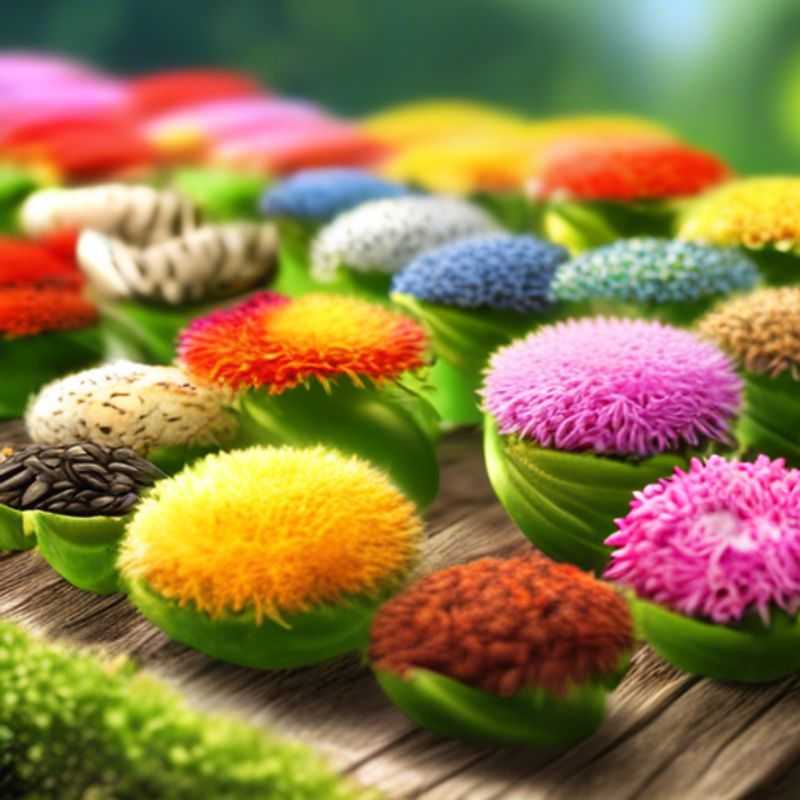
Sowing Seeds: Mastering Depth and Spacing for Optimal Growth
When it comes to sowing seeds, adhering to the recommended depth and spacing on the seed packet is crucial for optimal growth. Each type of seed has specific requirements that ensure the best chances of germination and health. Generally, seeds should be sown at a depth of about two to three times their diameter. For example, smaller seeds may only need to be pressed into the soil surface, while larger seeds will require deeper placement.
Spacing is equally important; it prevents overcrowding and allows for adequate air circulation and nutrient access. The seed packet will provide specific measurements for spacing between seeds and rows, which should be followed closely. This helps in achieving a well-structured garden where plants can thrive without competing for resources.
In terms of planning, consider potential costs associated with the sowing process. This may include the purchase of seed packets, soil amendments, and tools such as seed trays or planting guides. Additionally, if you're using specialized soil or fertilizers, factor in those expenses as well.
By following the guidelines provided on the seed packet, you set the stage for a successful gardening experience. If you seek more detailed information, numerous resources are available online to aid your gardening journey.
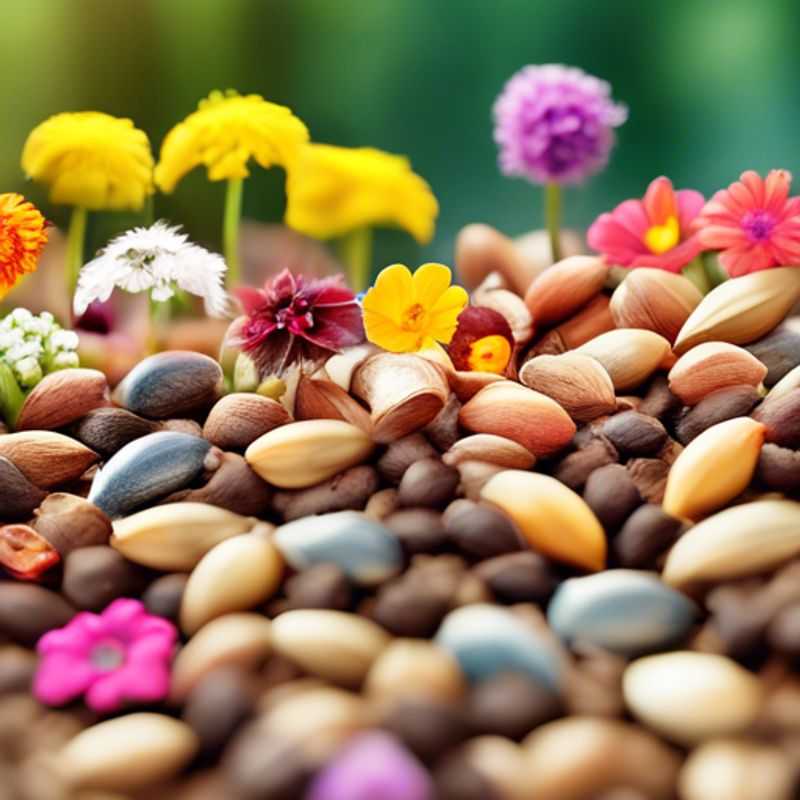
Nurturing New Life: The Importance of Consistent Watering for Seeds and Seedlings
Watering seeds and seedlings consistently is crucial for successful germination and growth. Maintaining a moist soil environment is essential as it provides the necessary hydration for the roots to absorb water and nutrients. This consistent moisture also helps to regulate soil temperature, preventing extreme fluctuations that can harm delicate seedlings.
The frequency of watering depends on several factors, including the type of soil, the climate, and the specific plant species. Generally, it's recommended to water thoroughly, ensuring the entire root zone is moistened, and then allow the top inch or two of soil to dry out before watering again. Avoid overwatering, as this can lead to root rot and other problems.
For seeds, it's essential to keep the soil consistently moist throughout the germination process. You can use a spray bottle or watering can with a fine rose to gently mist the soil surface, ensuring even hydration without disturbing the seeds. As seedlings emerge, you can gradually increase the amount of water applied.
Water early in the morning, allowing the soil to dry slightly during the day, minimizes the risk of fungal diseases. Using a moisture meter can be helpful in determining the optimal watering time and frequency. Always remember that proper watering is a crucial aspect of successful seed germination and seedling growth.
While the initial stages of plant growth require consistent moisture, as plants mature, their watering needs may change. It's important to observe your plants and adjust watering accordingly, ensuring they receive the right amount of water throughout their growth cycle.
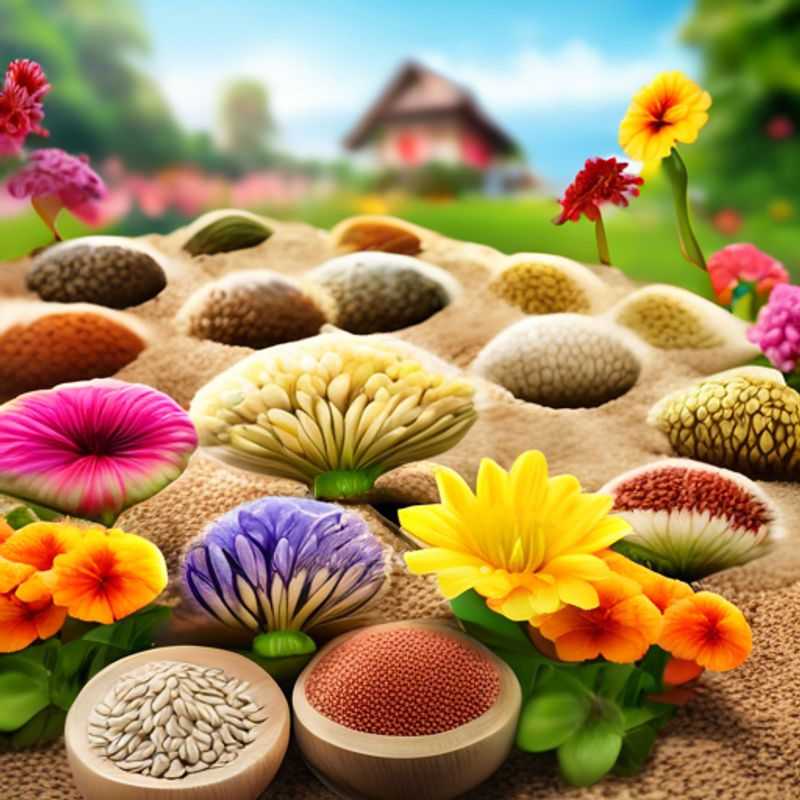
Protecting Seedlings from Pests and Diseases: A Gardener's Guide to Success
Protecting seedlings from pests and diseases is crucial for their healthy growth and survival. Here’s a concise guide for ensuring your seedlings thrive:
Start with a healthy foundation: Use sterilized soil and pots to prevent introducing pests and diseases from the start. Regularly inspect your seedlings for any signs of trouble.
Monitor for pests: Common culprits include aphids, whiteflies, and spider mites. These tiny creatures can quickly damage seedlings. Look for signs like discolored leaves, webbing, or tiny insects themselves. Use a gentle insecticidal soap or water spray to control them.
Beware of diseases: Damping-off, a fungal disease, can affect young seedlings, leading to wilting and collapse. Ensure proper drainage to prevent waterlogged conditions.
Prevention is key: Regular watering, appropriate sunlight, and proper ventilation are essential for healthy seedlings. Overwatering or overcrowding can weaken them, making them more susceptible to pests and diseases.
Act swiftly: If you identify a pest or disease infestation, address it immediately to prevent further damage. Consult with a local gardening expert for specific advice on treatment options.
Seek professional help: If you’re facing persistent or severe issues, consider contacting a professional horticulturalist or pest control specialist. They can provide tailored solutions and guidance for managing your seedlings effectively.
